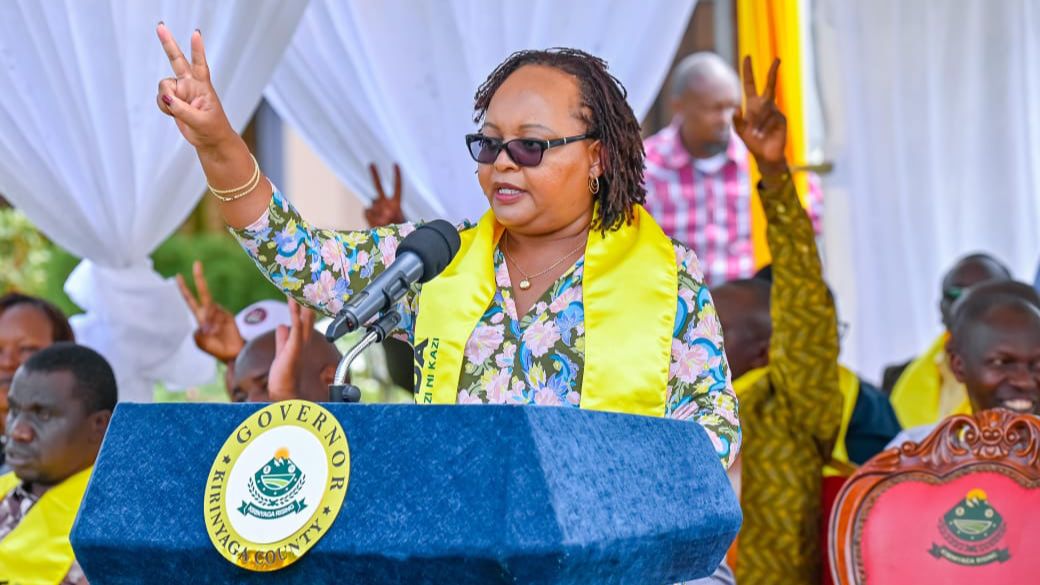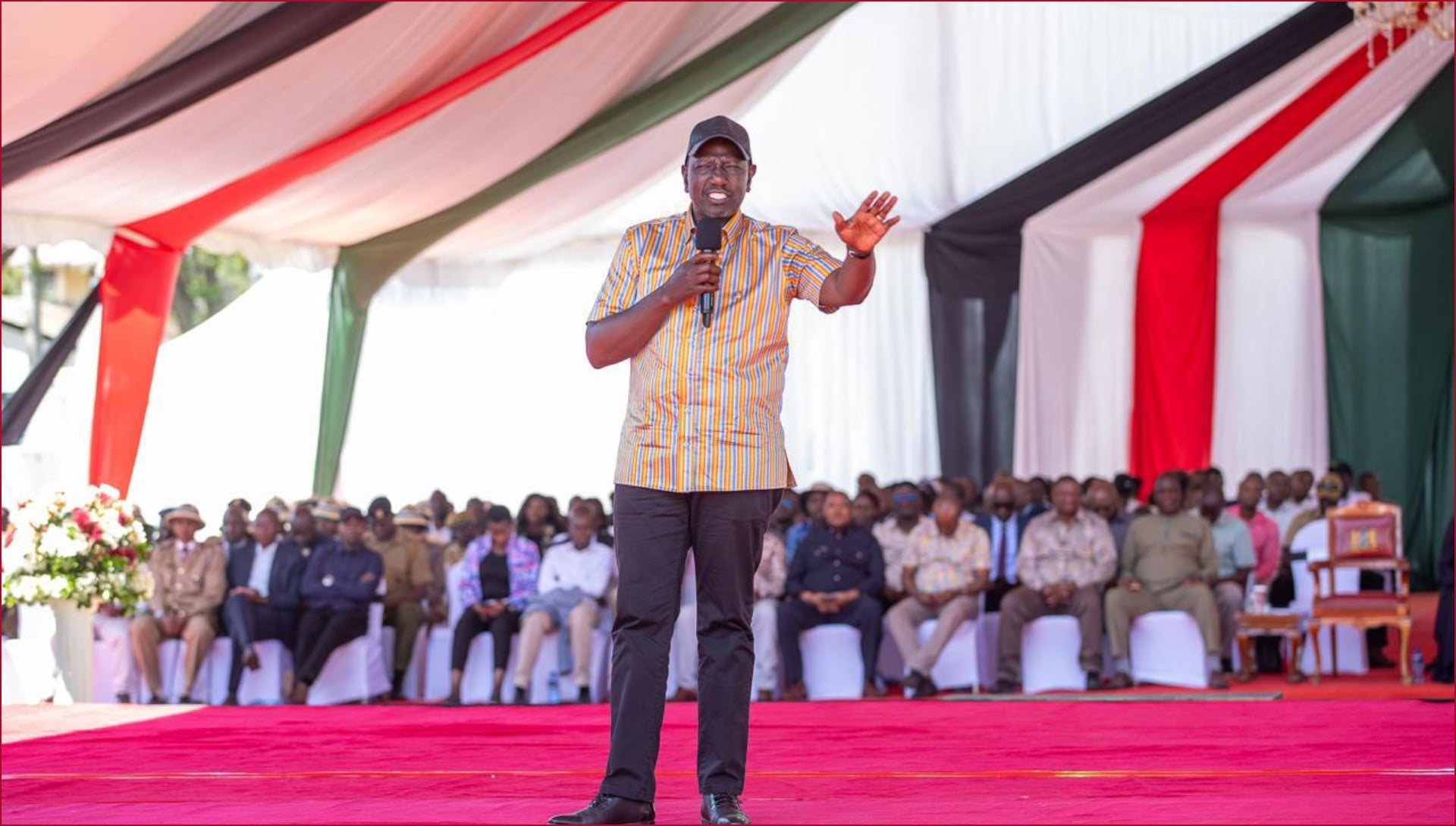By Victor Bwire
The regulation of media practice in Kenya is as complex and evolving as it is globally. Media regulators are no longer solely focused on journalists in terms of professional obligations and responsible practice. Instead, they now oversee an expanded media space that includes content moderation, media practitioners, and content creators.
To address these changes, traditional press codes are proving inadequate. The media landscape, particularly on digital platforms, now includes new players and new issues, such as misinformation, technology-assisted journalism, artificial intelligence, content theft, gambling, and data protection. As a result, regulators worldwide are reviewing and updating their tools to ensure professionalism in media.
Kenya is at the forefront of this shift. The Media Council of Kenya, under the Ministry of Information, Communication, and Digital Economy, has replaced the 2013 Code of Conduct for Journalism Practice in Kenya with the 2025 Code of Conduct for Media Practice. The new code is more comprehensive and designed to regulate the entire media ecosystem, not just journalists. Unlike the previous code, which primarily targeted print journalists, the revised code covers journalists, media practitioners, and content creators across print, radio, TV, and digital platforms.
As countries and media stakeholders debate the most suitable regulatory system, be it voluntary self-regulation, statutory regulation, or co-regulation, a common consensus is emerging: the media space must be regulated to ensure responsible and professional use. Each regulatory approach has country-specific strengths and weaknesses. One concern is the belief that public funding of regulators may expose media practitioners to state control. However, media regulators, like the judiciary, human rights commissions, and public universities, perform a public function and must be publicly financed.
Read More
The growth of digital platforms and practices, such as user-generated content, information manipulation, digital advertising, and the spread of harmful content (especially to children), means that no single regulatory model is sufficient. Neither pure self-regulation nor total government control is adequate. What is needed is a coalition-based approach involving governments, platform providers, journalists, civil society, regulators, and other non-state actors to promote responsible and professional use of the media space.
Individuals who were previously excluded from national conversations are now actively involved in media through content creation, mass mobilization, and contributions of stories, images, and videos to mainstream platforms. This has led to the rise of what is commonly called digital or networked journalism.
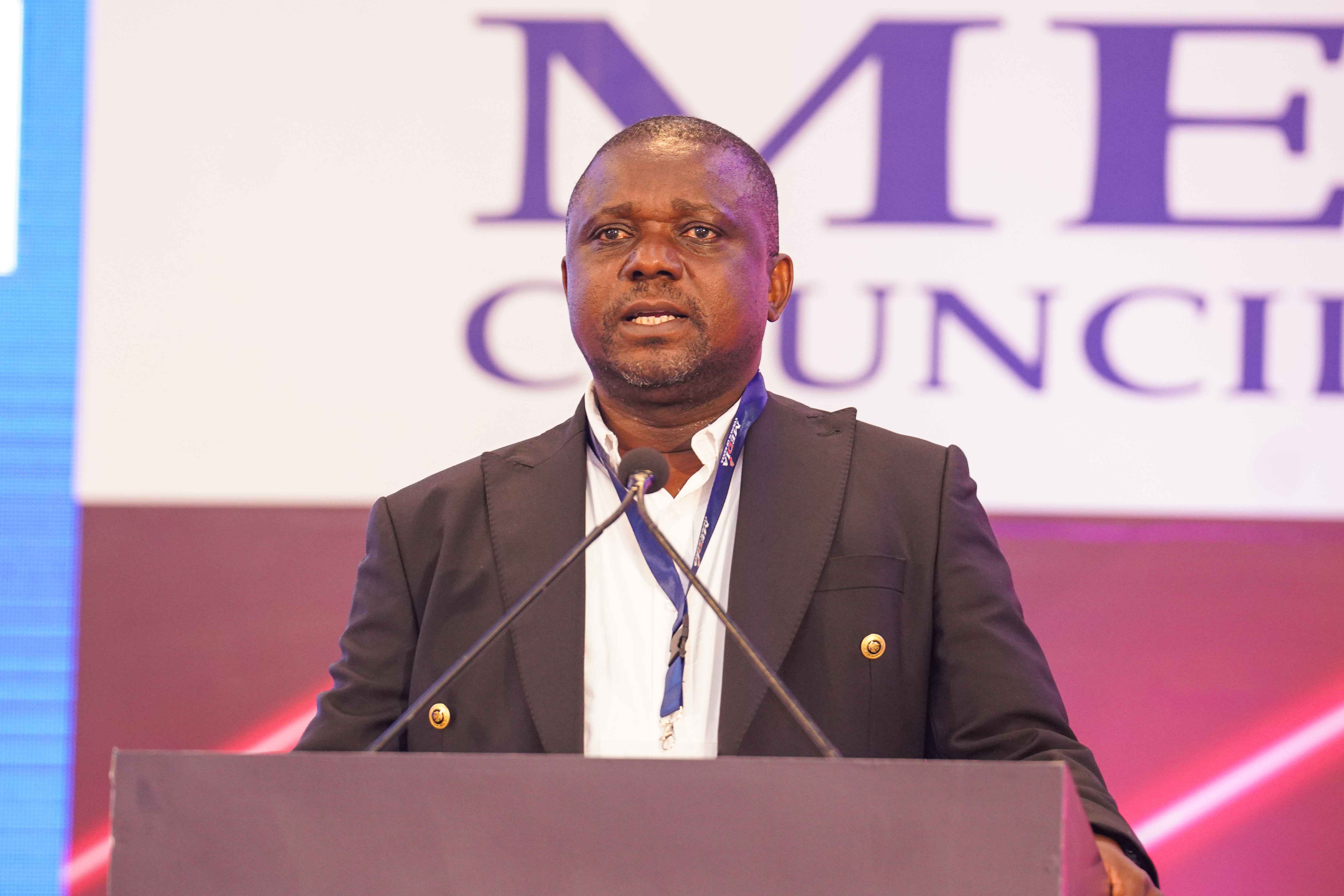
A growing number of online content producers, especially bloggers, operate outside the bounds of existing ethical codes. While online news dissemination presents enormous opportunities for educating the public and fostering peace, it also has the potential for harm if left unchecked.
Some online platforms have provided valuable, credible information, but others have not. In response, many media houses in Kenya have developed social media and blogging policies for their journalists. These policies aim to maintain professionalism even in journalists’ private online spaces, recognizing that journalism is a public trust that requires decorum and ethical conduct.
The new code focuses on globally recognized principles of journalism, including:
- Seeking truth and reporting it accurately
- Minimizing harm by treating sources, subjects, colleagues, and audiences with respect
- Acting independently, avoiding bias and special interests
- Being accountable and transparent, as journalism is a public good
Key areas strengthened in the new code include:
- Misinformation and information integrity
- Safeguards for children, survivors of sexual violence, and vulnerable populations
- Guidelines for AI-generated and user-generated content
- Algorithmic transparency to prevent manipulation and bias
- Stronger prohibitions on hate speech, incitement, and discriminatory reporting
- Promotion of national cohesion, diversity, and inclusion
- Editorial transparency and accountability, including disclosure of sponsored or interest-driven content
- Guidance on gambling-related content and advertising
This code serves as a defense against calls for excessive government control over the media. It emphasizes that regulation should not be imposed externally by non-media bodies through excessive laws and administrative measures. Instead, regulation should be driven by journalists themselves, within a legal framework that recognizes journalism as a profession, not a craft.
As Tim Dwyer notes in Media Convergence, the shift to a networked media environment demands changes in laws, policies, and regulations to reflect new media formats. Similarly, Peter Lunt and Sonia Livingstone, in Media Regulation, highlight how reforms in countries like the UK rely on individual professionals to act responsibly in a global media context. Professor Vinod Kumar, in Global Trends in Media, describes journalism ethics as a form of applied professional ethics, relevant only when applied to real-world challenges journalists face, such as avoiding bias, separating news from opinion, minimizing harm, and reporting the truth.
Mr Victor Bwire is the Head of Media Development and Strategy at the Media Council of Kenya.

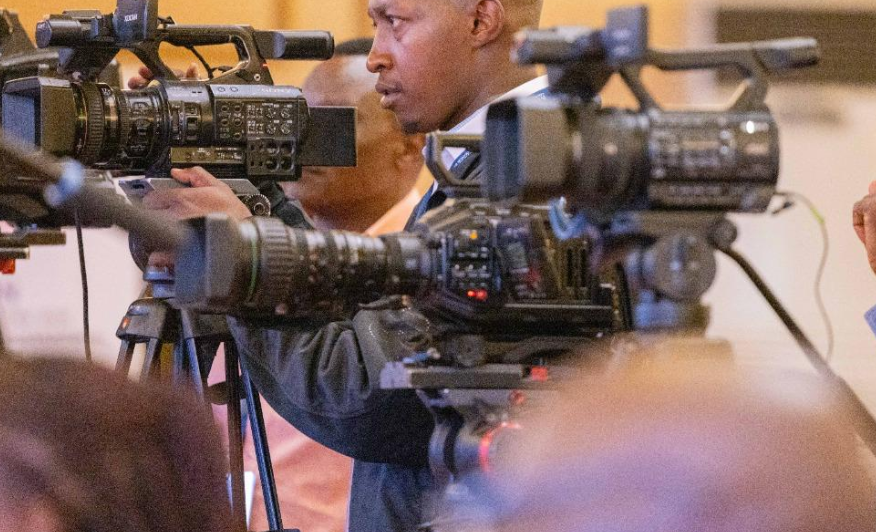
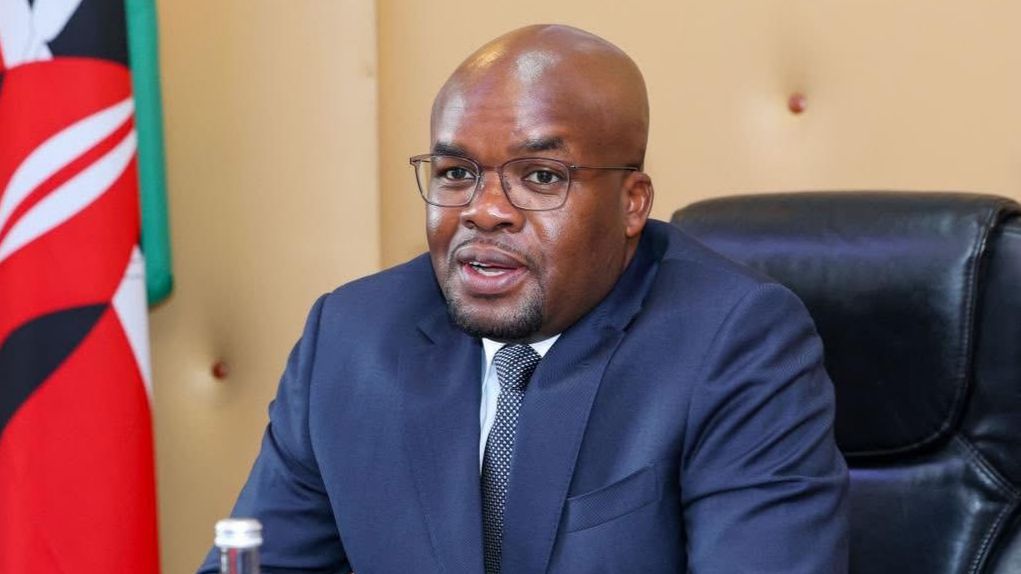


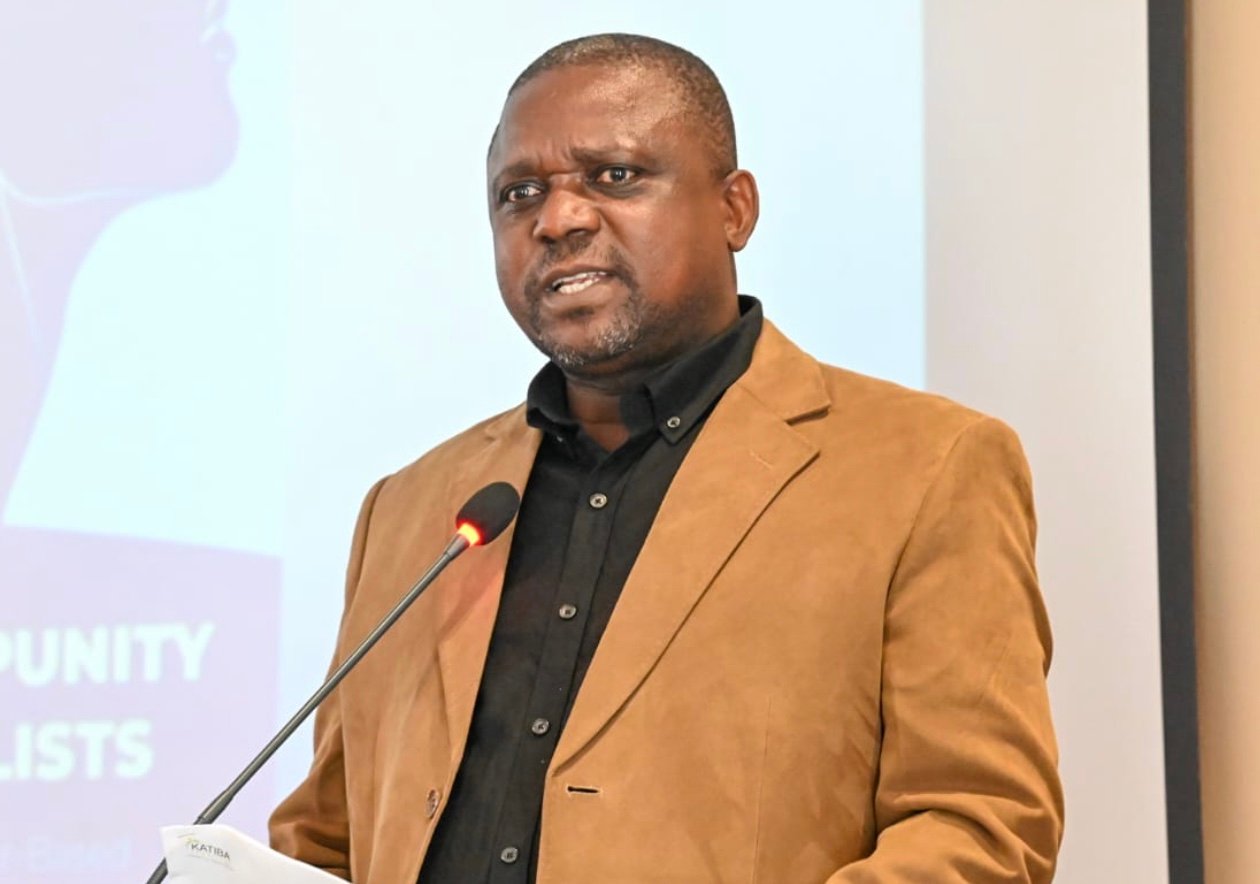
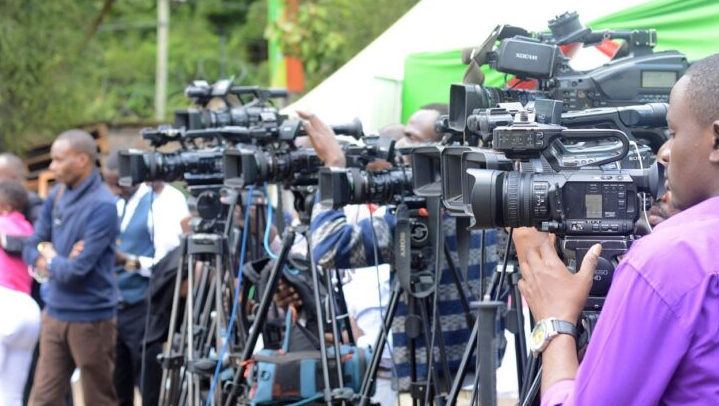
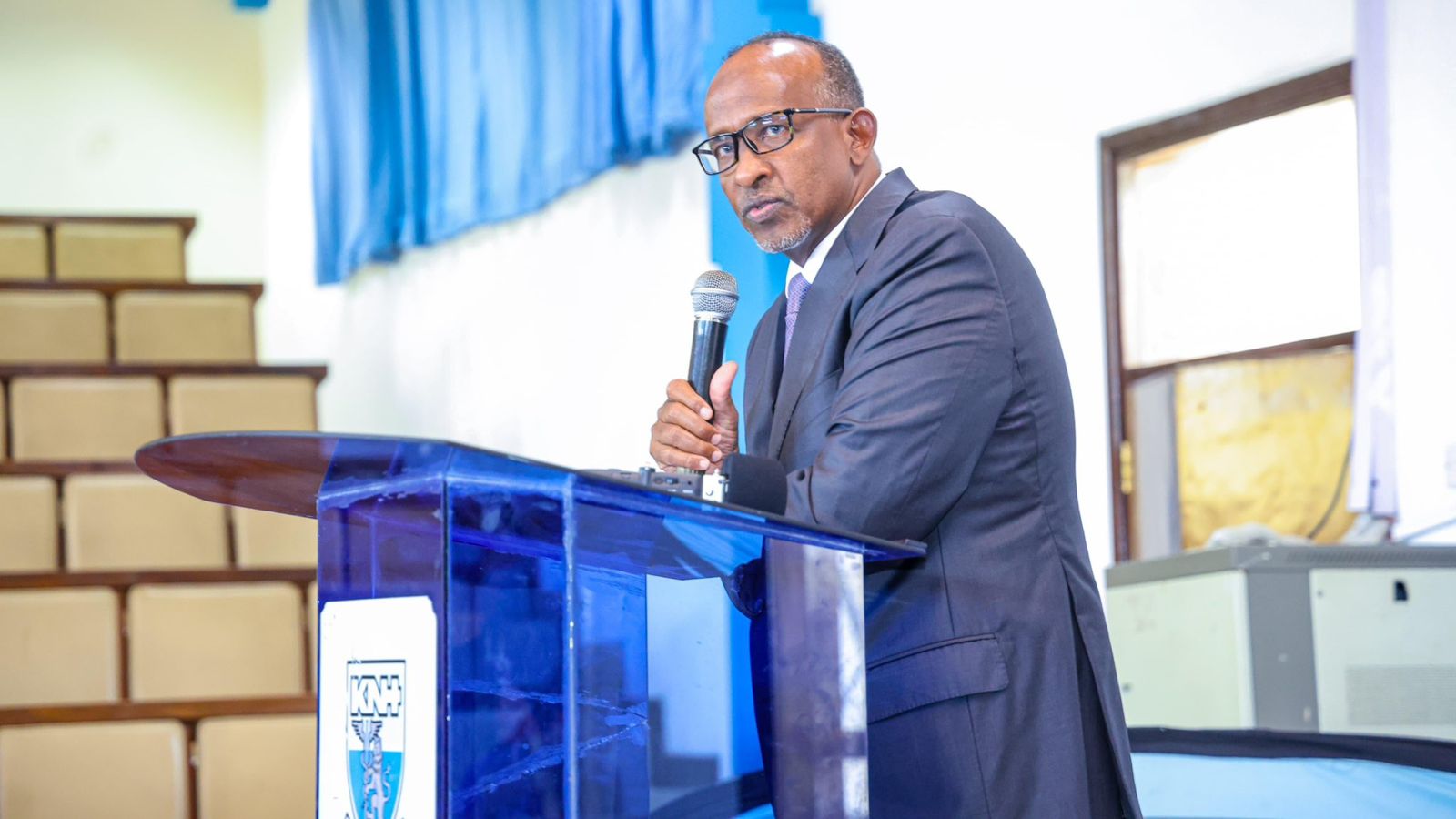
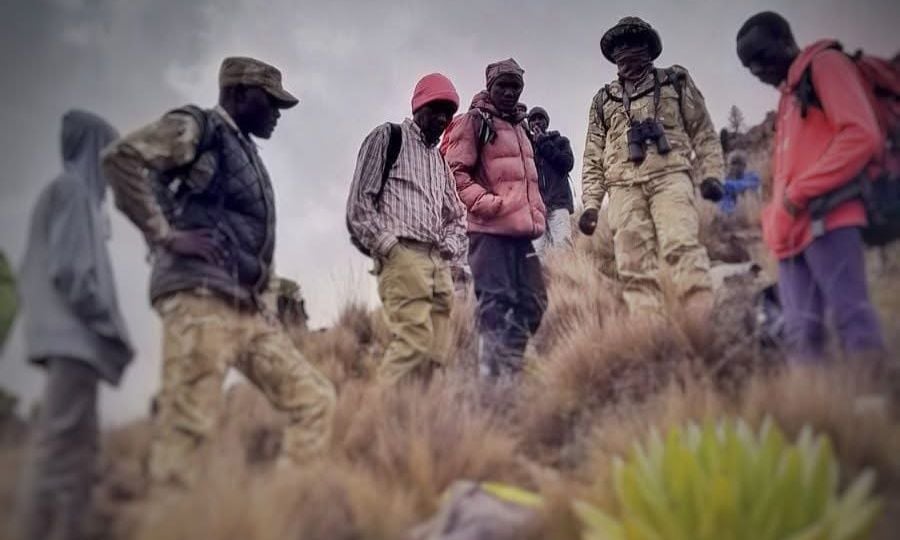
-1754810017.jpg)
